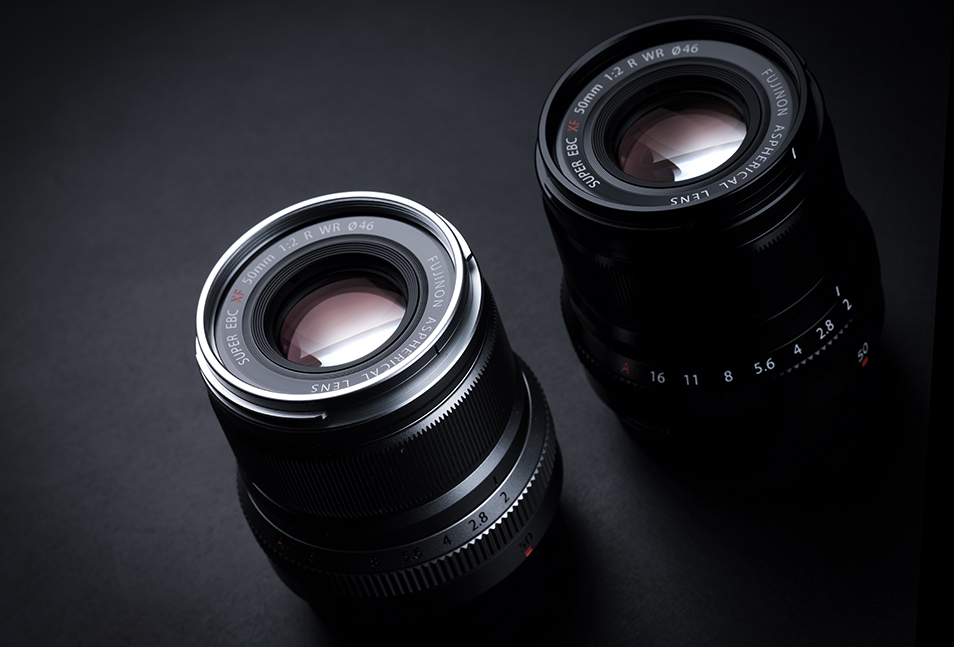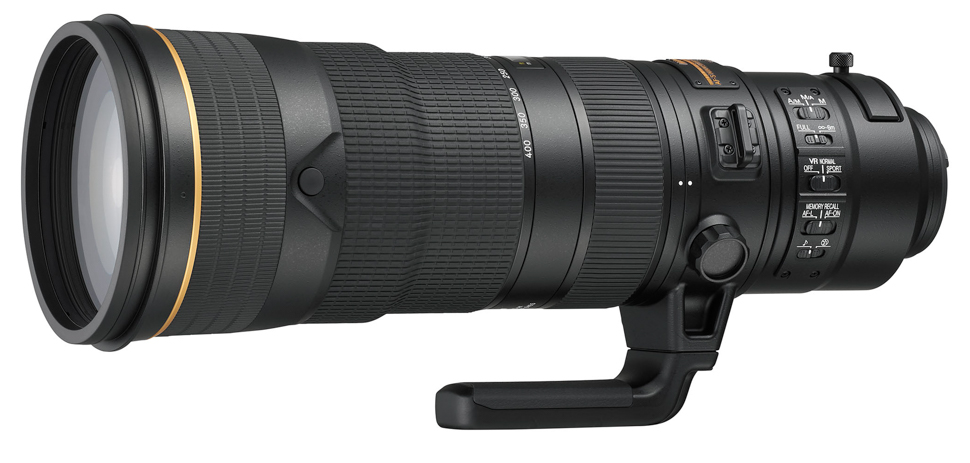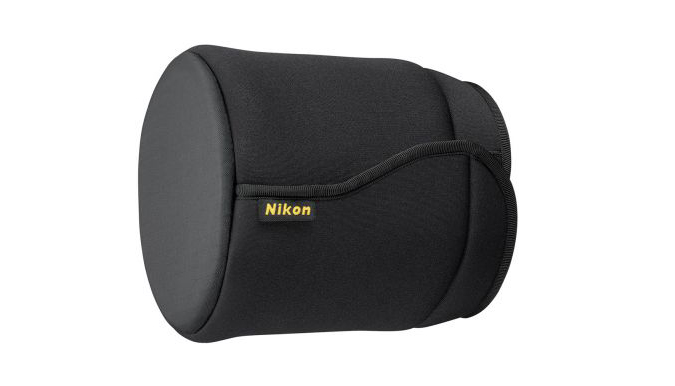23 things you should check when buying a new lens
If you're spending a hefty sum on a new lens, it pays to know what you're getting. Here are 23 things to check before you part with your cash
17. Filter thread size

The diameter of the filter thread, which is usually written on the barrel of the lens, lets you know which size of filter will screw into its front. This is useful to know if you already own a few filters as you may be able to use these on a new lens without any special rings. As a general rule, smaller filters are cheaper than larger ones too.
18. Number of diaphragm blades

Almost every modern lens is designed with a series of blades that form a circle through which light passes, otherwise known as the diaphragm. These blades move as you change the aperture to increase or decrease the size of the opening, and the extent to which this is round plays a significant role in how smooth and rounded out-of-focus points of light appear. (These out-of-focus points of light are often simply referred to as 'bokeh', which is a Japanese translation of the word 'blur').
As a general rule, cheaper lenses will contain fewer diaphragm blades than more expensive ones, so manufacturers are keen to make it clear whenever they use eight or nine (or more) blades. They may also state that the blades themselves are rounded, which further helps to deliver smoother bokeh.
Some manufacturers provide an additional year's warranty when you register a lens online, so check this when you purchase
19. Zoom lock
This handy feature, which is found on certain zoom lenses, lets you lock the barrel at a certain focal length. This prevents it from slipping under its own weight and changing the focal length, so it's particularly useful when you're pointing the camera downwards, where the lens may move more easily.
20. Tripod collar ring

If you plan on using a particularly long and heavy telephoto lens on a tripod –
such as for sports or landscape photography – you may want to check whether the lens has been designed with a tripod collar ring.
This allows you to mount the lens on a tripod rather than the camera to which it's attached, so that the two are connected closer to the centre of gravity of the combination, which in turn helps with balance and stability. You may not always need this, although they can typically be rotated out of the way or removed when not required.
21. Teleconverter compatibility
If you're buying a long telephoto lens, it may be possible to use it with a teleconverter – or Extender in Canon parlance – to make it reach further. Many lenses aren't compatible with these because of how they are designed, so make sure to check that your lens is if you imagine needing this extra reach at some point.
Get the Digital Camera World Newsletter
The best camera deals, reviews, product advice, and unmissable photography news, direct to your inbox!
22. Included accessories

What else is in the box? Most lenses come with a lens hood and a pouch, but some may have a few extra items depending on their design.
The most important thing is that you get the lens hood designed for that lens. Whereas lens pouches can be used with many different optics, lens hoods are designed for the specific focal length (or focal range), aperture and coverage of a particular lens. Using the wrong lens hood, even if it appears to fit perfectly well, may not provide the protection you need, and may even introduce darkening in the corners of your images.
This is particularly important to check when buying a second-hand lens, as there's no guarantee that everything originally included with the lens will still be in the box.
23. Cashback

Depending on when and where you buy your lens, you may be able to claim some cashback. You will typically have to buy the lens from a specific retailer within a certain time-frame, but its quite usual to get a high double-figure sum in return – if not more. Check the websites of trusted retailers, or the manufacturers themselves, as they will have more information on what you need to do in order to claim this.
Read more: 20 things you never knew about Canon lenses
The former editor of Digital Camera World, "Matt G" has spent the bulk of his career working in or reporting on the photographic industry. For two and a half years he worked in the trade side of the business with Jessops and Wex, serving as content marketing manager for the latter.
Switching streams he also spent five years as a journalist, where he served as technical writer and technical editor for What Digital Camera before joining DCW, taking on assignments as a freelance writer and photographer in his own right. He currently works for SmartFrame, a specialist in image-streaming technology and protection.

